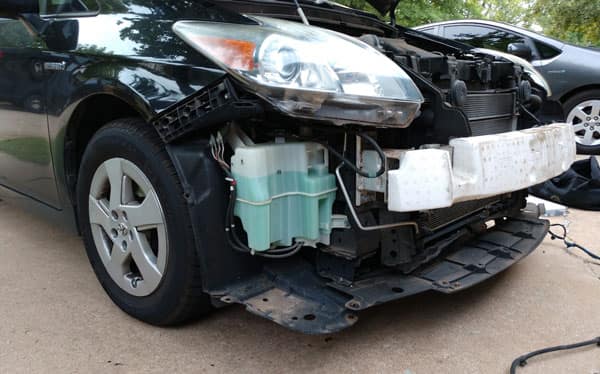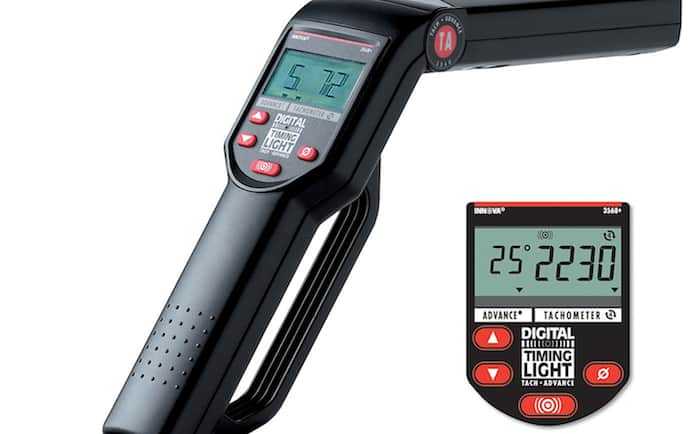
Power steering systems are engineered to make driving easier, as you've seen when you're able to turn the wheels on a 5,000-pound truck with one hand. The designs of many newer vehicles feature speed-sensitive electric power steering, to reduce parasitic drag on the engine. Most, however, still use hydraulic power assist, with a pump driven by a belt, just like 60 years ago. If you hear a whine from the engine when turning the steering wheel, or if the steering wheel needs significant effort to turn, or if the fluid is black, it's time to change the power steering fluid.
Experts disagree on how often power steering fluid should be changed, with 24,000 to 100,000 miles suggested online. The best bet is to consult your owner's manual for timing and the recommended fluid. Let's get started.
This is a good project for new DIYers
-
Check your owner's manual or repair manual for fluid specifics. You need to use a power steering fluid or automatic transmission fluid (ATF) that meets manufacturer specifications.
-
Find the power steering fluid reservoir or power steering pump, located with the engine accessories. Look for a cap that has a steering wheel symbol or reads something like “Power Steering Fluid Only." Remove the cap.
-
Use a jack to lift the front of the vehicle until the front wheels are off the ground. Place jack stands underneath.
-
Wearing gloves, siphon the fluid out of the reservoir to your catch can using a fluid transfer pump or turkey baster. If using the latter, buy a cheap one dedicated to this task to keep in the garage, as no one wants steering-fluid-flavored gravy.
-
Once the fluid level in the reservoir is too low to effectively siphon, get in the vehicle and turn the key to accessories. This allows the steering wheel to turn but does not activate the steering pump. Turn the wheel lock to lock (all the way left, then all the way right), and the pump will push more dirty fluid into the reservoir. Siphon it out to the catch can.
-
Repeat Step 5 until there is no fluid left to remove. Use shop towels to clean up any drips.
-
Optional: For a complete drain (a power steering fluid flush), get under the vehicle and look for a rubber hose connected to the power steering pump. Use pliers to remove the clamp, pull down the hose, and let the rest of the fluid drain into your catch can. This can get messy, so have the shop towels nearby.
-
Place the funnel into the power steering reservoir neck.
-
Pour in power steering fluid. Use only as much as the owner's manual recommends, and make sure not to overfill, as it will leak out while driving. Optional: Add recommended amount of power steering conditioner/stop leak. This extra step ensures quiet pump operation.
-
Put the cap on and turn the key to accessories. Turn the wheel lock to lock again. Check the fluid, add as needed. You might see bubbles here. That is just air in the system coming out. It's a good sign; unlike brake fluid, power-steering lines will not need to be bled to purge air bubbles.
-
Remove jack stands. Set the vehicle on its tires.
-
Start engine and run for about 15 seconds, again turning lock to lock. Check the fluid level to make sure air has bled from the system.
-
With the reservoir full, go for a five-minute drive around a few blocks, taking several turns and listening for power steering pump whine. Check the fluid one last time. If it's at the “Full Hot" line on the dipstick, you are good to go. Remember to check for leaks in the next day or two.
Use gloves to limit skin contact, eye protection, and clean yourself up afterward. Use jack stands any time you need to raise a vehicle.
Dispose of used power steering fluid at any recycling center that accepts automotive oils or hazardous materials.







